The Community Power Agency said the new guide presents developers of large-scale PV projects with strategies and practical methods designed to overcome land use conflict, integrating regenerative farming techniques – including ‘conservoltaics’ and ‘agrivoltaics’ – while producing solar energy.
The group, based in the New South Wales (NSW) New England region, said the Building Better Biodiversity on Solar Farms Guide will help solar projects meet new and emerging drivers for better environmental performance and stewardship of the sites they lease or acquire.
“We know from projects being developed in Asia, Europe, the U.S. and now emerging in Australia, that conservation and agriculture don’t need to come off second best to renewable energy,” said guide co-author Heidi McElnea, regional coordinator at Community Power Agency which works with regional communities hosting large-scale renewable energy projects.
The guide calls for developers, landowners, and consultants to adopt a conservoltaic approach, which is combining nature conservation and solar systems, to leave the natural environment in a measurably better state than it was before it hosted a solar farm.
University of New England wildlife ecologist Dr Eric Nordbert, who contributed to the guide, said if done well, solar farms have the ability to improve biodiversity, similar to artificial reefs in aquatic ecosystems.
“They create structural complexity in the environment, offering shelter and habitat for wildlife,” he said. “Solar panels provide patches of sun and shade.”
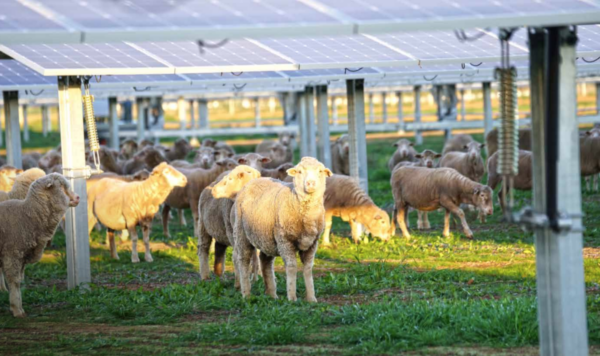
opportunity to maximise land productivity.
Image: Neoen
Nordbert said conservoltaics and agrivoltaics, which integrates solar production with agricultural practices, are emerging as effective strategies to maximise land-sharing among industries.
“Conservoltaic and regenerative systems offer additional benefits to solar farms by reducing solar panel degradation, ambient temperatures, and dust accumulation, while simultaneously providing habitat for native wildlife,” he said.
“Studies in Europe and the U.S. have demonstrated that solar farms with native vegetation and wildflowers under the panels support more biodiversity than arable fields servicing both native plant communities and adjacent agricultural activities through increased numbers of bees, butterflies and other pollinators.”
The guide says solar farms can benefit from ecosystem services provided by a conservoltaic approach, including reduction of heat and dust, both of which negatively impact PV panel efficiency, along with erosion prevention, which can damage infrastructure.
The authors said if the hosting of solar infrastructure is to be combined with grazing, strategic planning needs to commence early to determine how to make the most of these collaborative land uses. Among the focal points are paddock design, including planning water sources, fencing to ensure stock movement, and establishing a grazing plan to help maintain optimal groundcover height beneath panels.
Popular content
Guide co-author David Carr, founder and director of NSW environmental services business Stringybark Ecological, said by integrating biodiversity considerations from the outset of planning a new solar farm, developers and landowners can achieve substantial benefits.
“This includes minimising negative impacts, fostering on-site biodiversity enhancement and collaborating with neighbouring communities to bolster local biodiversity,” he said.
The guide suggests the approach could also streamline the approval process by exceeding current legislated requirements, and can also build constructive relationships with host communities while reducing land use conflict.
The guide focuses on the New England Tablelands region in northern NSW, but Carr said its principles will be widely applicable.
“We hope this guide will also provide a basis for action for other regions where extensive solar arrays and other infrastructure are being planned and developed,” he said.
The Building Better Biodiversity on Solar Farms Guide has been funded by The Foundation for Rural & Regional Renewal and will be launched in collaboration with Glen Innes Natural Resources Advisory Committee and Southern New England Landcare.
This content is protected by copyright and may not be reused. If you want to cooperate with us and would like to reuse some of our content, please contact: editors@pv-magazine.com.
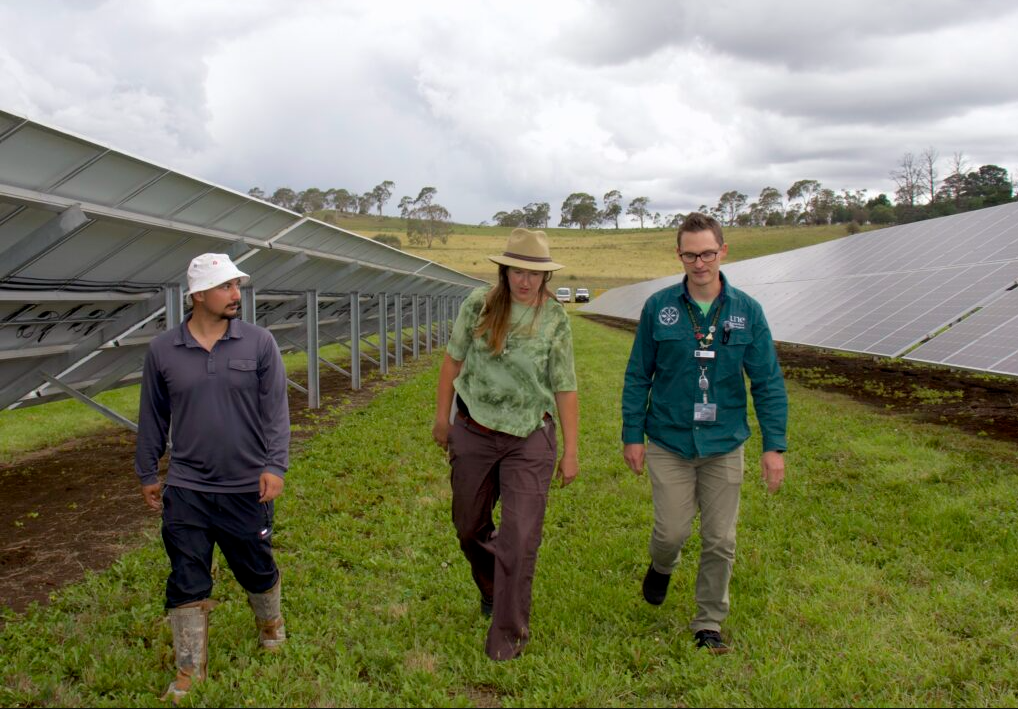



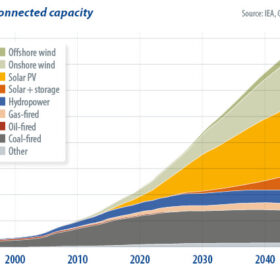
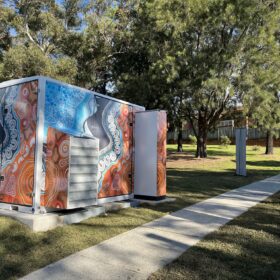

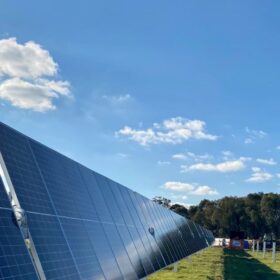
6 comments
By submitting this form you agree to pv magazine using your data for the purposes of publishing your comment.
Your personal data will only be disclosed or otherwise transmitted to third parties for the purposes of spam filtering or if this is necessary for technical maintenance of the website. Any other transfer to third parties will not take place unless this is justified on the basis of applicable data protection regulations or if pv magazine is legally obliged to do so.
You may revoke this consent at any time with effect for the future, in which case your personal data will be deleted immediately. Otherwise, your data will be deleted if pv magazine has processed your request or the purpose of data storage is fulfilled.
Further information on data privacy can be found in our Data Protection Policy.